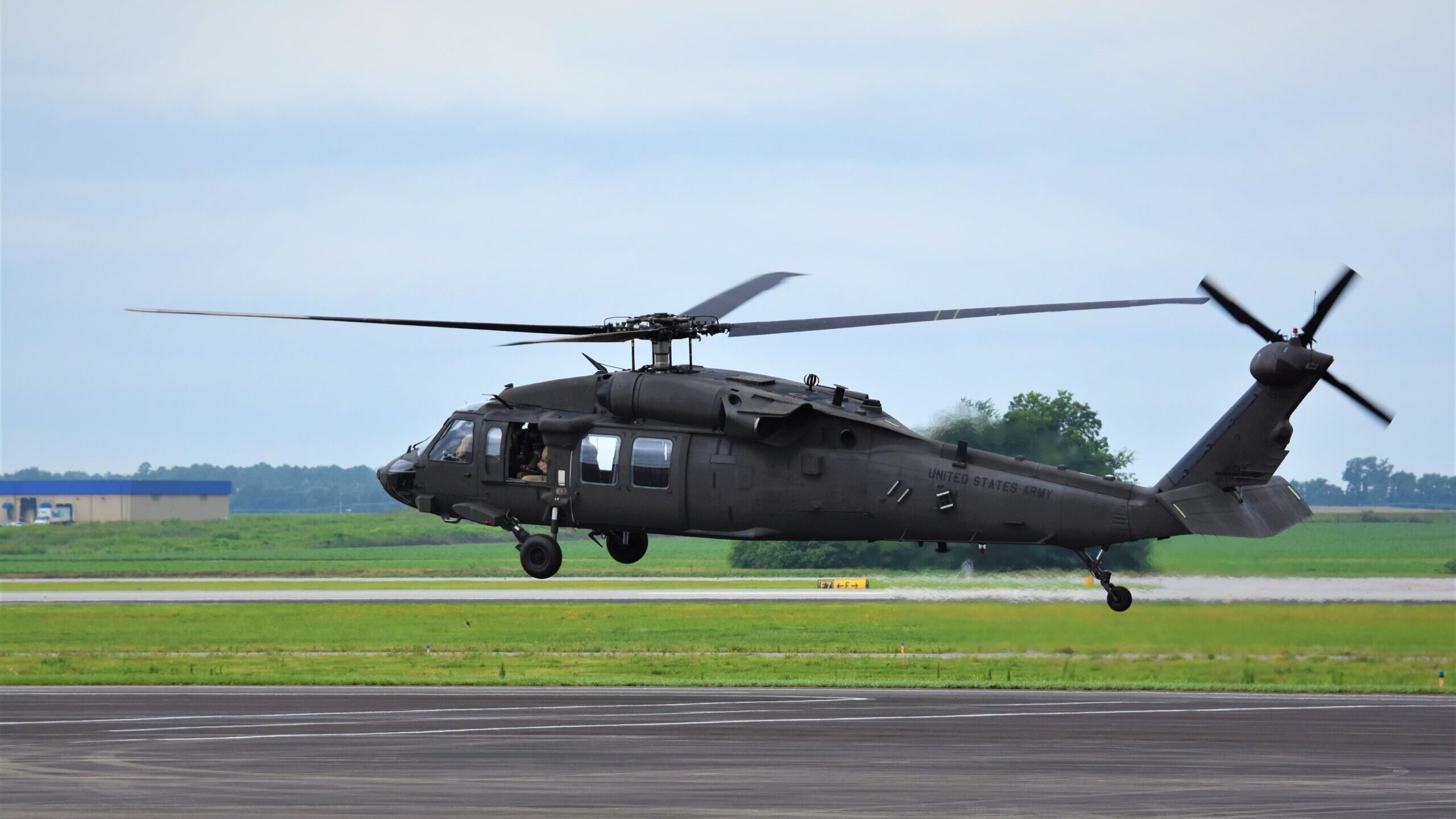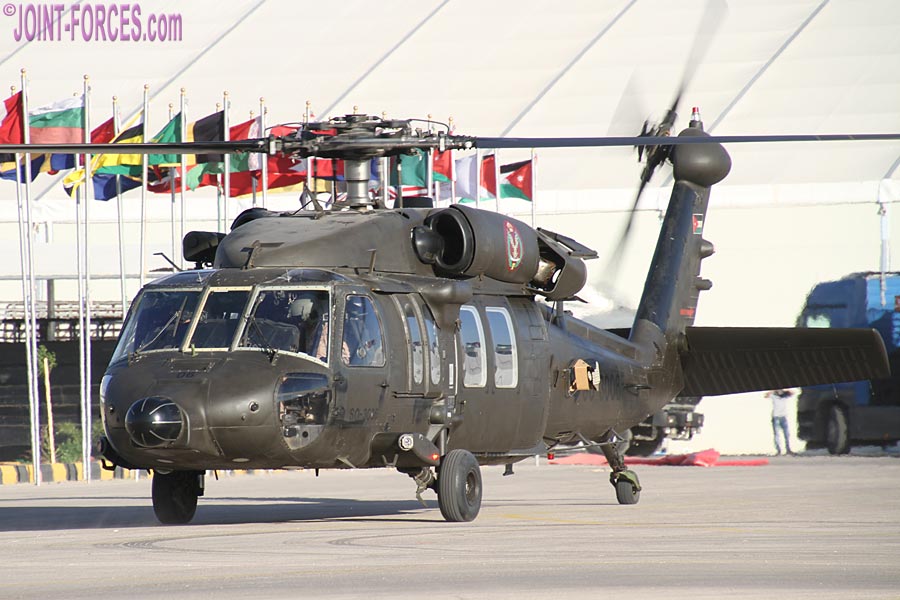UH 60 Black Hawk Helicopter Variations and Their Usages
UH 60 Black Hawk Helicopter Variations and Their Usages
Blog Article
The Effect of Sustainable Practices on the Future of Aircraft Procedures and Emissions Decrease
As the aeronautics market faces increasing examination over its environmental influence, the fostering of lasting methods becomes a critical path towards future aircraft procedures and discharges decrease. Technologies in lasting aeronautics fuels and innovations in hybrid propulsion innovations stand at the center of this makeover, encouraging substantial decreases in greenhouse gas discharges. Nonetheless, the effective assimilation of these initiatives rests on a variety of elements, including regulatory structures and sector partnership. The inquiry stays: exactly how will these advancing techniques reshape the dynamics of air traveling and add to an extra sustainable future?

Introduction of Lasting Practices
Lasting techniques in airplane operations include a series of methods aimed at minimizing ecological impact while preserving operational efficiency. These practices are important in the aviation market's commitment to lessening its carbon footprint and adhering to worldwide environmental standards. Trick efforts include optimizing trip paths to lower fuel intake, improving upkeep procedures to make certain aircraft operate at peak effectiveness, and implementing advanced innovations such as winglets and lightweight products that improve the rules of aerodynamics.

Educating and involving staff on sustainability methods likewise play a crucial duty, cultivating a society of environmental obligation within organizations. Generally, the integration of these lasting methods not only helps decrease discharges but likewise enhances the lasting stability of the aeronautics field, ensuring it meets the demands of both consumers and regulatory bodies while contributing to international sustainability objectives.
Cutting-edge Fuel Alternatives
Countless cutting-edge fuel options are becoming critical services to minimize the air travel sector's reliance on conventional nonrenewable fuel sources. Among these alternatives, Sustainable Aeronautics Fuels (SAFs) have gotten substantial focus because of their prospective to reduce lifecycle greenhouse gas exhausts by approximately 80% contrasted to standard jet fuels. SAFs are stemmed from numerous feedstocks, consisting of waste oils, farming deposits, and even algae, making them a functional choice for the sector.
One more promising option is hydrogen fuel, which, when made use of in gas cells, creates just water vapor as a by-product. This zero-emission prospective presents a substantial chance for decarbonizing flight operations, specifically for short-haul trips and regional airplane. Additionally, electric propulsion systems are being checked out, leveraging battery modern technology to power aircraft. While existing battery capacity restrictions array and haul, continuous developments might soon provide electrical trips viable for details applications - uh 60.
Lastly, biofuels stemmed from biomass are being explored, providing an eco-friendly alternative that can be combined with standard gas. Jointly, these innovative gas alternatives stand for a vital step towards achieving a lasting aviation environment, straightening with global exhausts decrease targets and improving the sector's ecological stewardship.
Technological Advancements in Aeronautics

Just how can technical advancements reshape the future of air travel? The integration of advanced innovations is crucial in changing airplane operations, boosting effectiveness, and lowering exhausts. Innovations such as electric and hybrid propulsion systems are at the leading edge, promising substantial reductions in fuel intake and greenhouse gas emissions. These systems leverage developments in battery innovation and power monitoring, making it possible for aircraft to operate with a lower environmental footprint.
In addition, the execution of sophisticated products, such as lightweight composites, contributes to enhanced aerodynamics and fuel effectiveness. The usage of artificial intelligence and maker knowing in flight procedures maximizes path preparation and lowers fuel shed by making it possible for real-time modifications based upon weather and traffic problems. Additionally, the development of self-governing and remotely piloted aircraft systems stands to revolutionize cargo and guest transport, potentially increasing effectiveness while lessening human error.
Furthermore, lasting aeronautics modern technologies, including sophisticated air traffic administration systems, can lower and simplify operations congestion, resulting in reduced discharges during flight. These developments jointly represent a paradigm shift in aviation, promising a future where sustainability and functional performance More about the author are linked, therefore sustaining the sector's commitment to lowering its environmental impact.

Regulatory Framework and Compliance
Because of the growing focus on ecological stewardship within the aeronautics field, the regulative structure governing airplane procedures is advancing to advertise lasting practices. Regulatory bodies, such as the International Civil Air Travel Organization (ICAO) and numerous national aviation authorities, are introducing stringent standards targeted at minimizing discharges and improving operational performance.
These regulations typically consist of the fostering of Lasting Air travel Gas (SAF), which has actually been recognized as a key component in accomplishing lower carbon footprints. In addition, conformity with these laws requires airlines to execute operational practices and advanced technologies, such as maximized flight paths and enhanced air traffic monitoring, to minimize fuel consumption.
In addition, the enforcement of discharges trading plans and carbon balancing out initiatives is coming to be progressively prevalent, compelling airlines to keep an eye on and report their exhausts precisely. Non-compliance can result in substantial charges, therefore pushing drivers to prioritize sustainability in their company versions.
Ultimately, the developing governing landscape not just drives technology and financial investment in environment-friendly modern technologies yet likewise fosters a society of liability within the aviation sector. As these structures remain to create, the focus on sustainable methods will be indispensable to achieving the sector's lasting environmental goals.
Future Fads in Aircraft Procedures
As the aeronautics market adapts to a significantly strict regulatory environment, future patterns in aircraft procedures are readied to focus on innovative options that better boost sustainability and efficiency - uh 60. Key advancements will likely consist of the fostering of advanced air website traffic administration systems, which utilize real-time information and synthetic intelligence to maximize trip paths, lowering fuel usage and discharges
One more considerable trend is the boosted integration of sustainable air travel gas (SAFs) These options to traditional jet gas, derived from eco-friendly resources, can significantly reduce lifecycle greenhouse gas discharges. The industry's dedication to SAFs will likely accelerate as airlines work together with fuel manufacturers to guarantee schedule and cost-effectiveness.
Furthermore, the push in the direction of electrification and hybrid propulsion systems is acquiring momentum. Arising aircraft layouts will include these innovations, offering quieter and a lot more reliable operations, especially for short-haul flights.
Final Thought
In final thought, the assimilation of sustainable techniques in airplane important site operations holds substantial possibility for emissions decrease and boosted performance. The adoption of lasting air travel gas, coupled with advancements in electric and hybrid propulsion systems, is essential for decreasing lifecycle greenhouse gas emissions. Enhancing trip paths and embracing innovative technologies add to a quieter and extra eco friendly aviation industry. Jointly, these initiatives straighten with worldwide sustainability goals and pave the way for a greener future in aeronautics.
Technologies in sustainable aeronautics fuels and advancements in hybrid propulsion modern technologies stand at the forefront of this improvement, appealing substantial decreases in greenhouse gas discharges.Various innovative gas choices are arising as critical solutions to lower the aeronautics sector's reliance on traditional fossil fuels - uh 60. Among these alternatives, Sustainable Air travel Gas (SAFs) have actually acquired considerable attention due to their possible to decrease lifecycle greenhouse gas exhausts by up to 80% contrasted to conventional jet fuels.An additional considerable trend is the raised this post integration of lasting aviation fuels (SAFs) The adoption of lasting aviation fuels, paired with improvements in hybrid and electrical propulsion systems, is vital for decreasing lifecycle greenhouse gas exhausts
Report this page